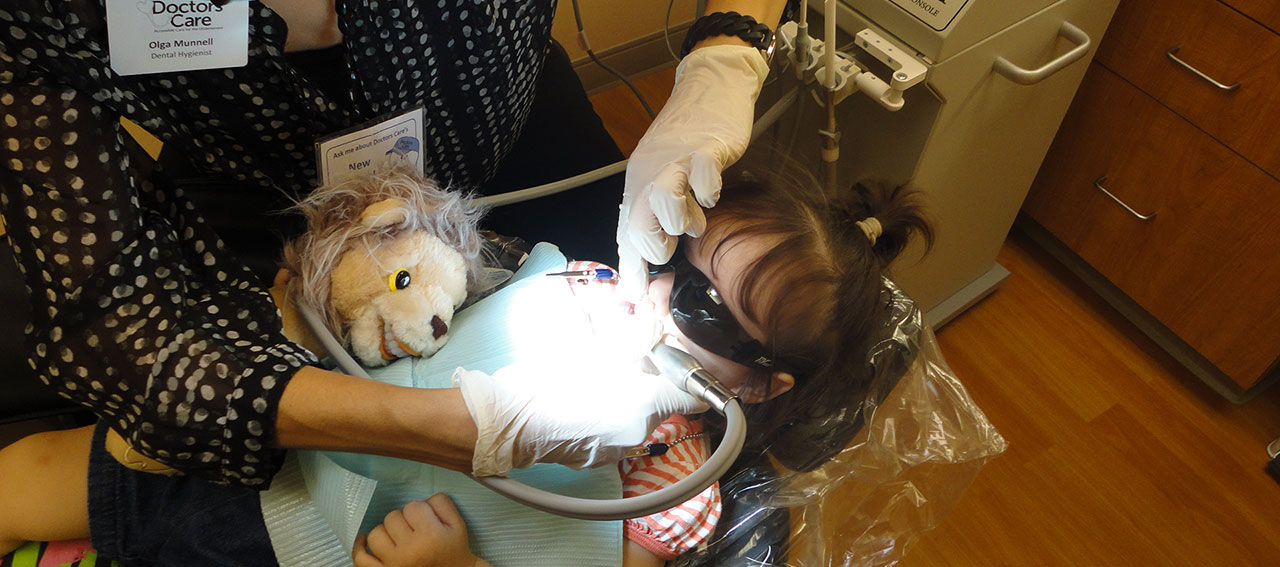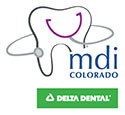
Contracting RDH with Insurers
The process of becoming affiliated with an insurance company to accept third party reimbursement is generally referred to as “contracting”. It may also be referred to as becoming a “participating provider”. It is also sometimes confused with “credentialing.” In this toolkit, we refer to this process as “contracting”.
The contracting process most often involves requesting participation in the insurance network as a provider, completing the credentialing process, submitting supporting documents, and signing the contract. The process will likely vary by insurance carrier.
Credentialing includes collecting records of the education, training, experience, skills, expertise, and willingness to provide services by a provider. The verification is done in a variety of ways. Some insurers require “primary source verification,” which requires contacting the “primary source” that provided the provider’s license, training, and education. Others require primary source verification only for certain credentials, while others can be self-reported or verified through a secondary source.
The contracting process for your dental hygienist will vary depending on your practice characteristics. There are two considerations before you start:
- Determine if the hygienist needs to be contracted.
- Determine with which insurers you want the hygienist participating.
- Does the hygienist need to be contracted? There are two questions to consider when answering this question. Is your hygienist a hired or contracted employee of your practice? Will your hygienist be billing under his/her own license or under the license of a dentist?
- Employed/Supervised: If the hygienist is a practice employee and the practice has a supervising dentist, there are two options:
- The hygienist is supervised by the dentist and will bill for his/her services under that dentist. In this case, the hygienist does not need to be contracted.
- The hygienist will be supervised by the dentist but will bill for his/her services under his/her license. In this case, the hygienist needs to be contracted.
- Employed/Independent: If the hygienist is employed by your practice but there is no contracted and supervising staff dentist under whom to bill, then the hygienist must be contracted.
- Contracted/Independent: If the hygienist is contracted with your practice rather than employed, then the hygienist must be contracted.
TIPSome practices (usually larger systems) have their own internal rules for participation with insurance carriers. If you are part of a larger system, review your internal processes before proceeding. - Employed/Supervised: If the hygienist is a practice employee and the practice has a supervising dentist, there are two options:
- Which insurers do you want to be enrolled with?
- Health First Colorado (Colorado’s Medicaid Program).
- Child Health Plan Plus (CHP+) (Colorado’s State Children’s Health Insurance Plan).
- Private commercial insurers.
- Note: Medicare does not currently provide a dental benefit.
Each insurer requires separate applications. The following section guides you through the basics of the process for each insurer. Extensive details and instructions can be found on each insurer’s website.
- Health First Colorado (Colorado’s Medicaid Program): Health First Colorado is public health insurance for Coloradans who qualify. It provides dental benefits for children ages 0-21 and adults 21+. Medicaid is funded jointly by the federal government and the State of Colorado. It is administered by the Department of Health Care Policy & Financing (HCPF). HCPF contracted the administration of Colorado's Medicaid Dental Benefit to DentaQuest, but providers must still be contracted through Health First Colorado. Basic guidance through this process is:
- Enrollment: https://www.colorado.gov/hcpf/provider-enrollment.
- Contact information: To talk with someone about the Health First Colorado enrollment process, use the following guide: https://drive.google.com/file/d/0ByTJ5EpY6wocYjMydFZvaFA5YjQ/view.
- Post-application next steps: https://www.colorado.gov/hcpf/provider-next-steps .
- Post-enrollment resources:
- Administrator: DentaQuest processes eligibility and PARs (prior authorizations) and pays dental claims for Health First Colorado. http://www.dentaquest.com/state-plans/regions/colorado/provider-page/.
- Representative: Once approved, you will be assigned a representative who will provide billing support.
- Provider services website: This website has information on training, updated forms, rates and fee schedules, billing manual, and access to the provider portal: https://www.colorado.gov/hcpf/provider-services.
- Billing manual: The Office Reference Manual (ORM) provides detailed guidance for Health First Colorado dental billing. A current version is always available on the Health First Colorado Dental Program Provider Welcome website (http://www.dentaquest.com/state-plans/regions/colorado/provider-page/), under the category “DentaQuest Resources”, title “Health First Colorado Dental Plan Program ORM”.
TIP
- Only reference the ORM electronically via this site (e.g. don’t save a copy to your desktop for reference). It changes often, so the best way to make sure you are using the most current version is to access it here.
- Fee schedules: The Health First Colorado fee-for-service fee schedule is found here, under the category “DentaQuest Resources”.
TIPS- Two applications. There are two applications to complete. One is for the hygienist, unless the hygienist will be billing under a staff dentist whom is already contracted. In this case, the hygienist doesn’t need to enroll. The second is for your practice. If your practice is already contracted with Health First Colorado for medical services but not dental services, then you must go through the contracting process again to provide dental services. You will use the same online portal for both applications. Colorado FQHCs should contact Colorado Community Health Network, Colorado’s primary care association, at info@cchn.org, for assistance getting practice information included in the DentaQuest system. Your inquiry will be routed to the appropriate staff contact.
- Information to get started. You will need to have the following information for your practice to be contracted:
- Tax ID: You may need Two Tax ID#s, federal and state, depending on your organization set-up and goals. It may take up to two weeks to get these.
- National Provider Identifier (NPI) Numbers: You will need two NPI numbers. The practice needs a Type II NPI and the hygienist a Type I NPI. It typically takes 24-48 hours to get these, but sometimes up to two weeks. Go to the National Plan and Provider Enumeration System website for an NPI: https://nppes.cms.hhs.gov/NPPES/Welcome.do.
- License(s).
- Evidence of current malpractice/liability insurance coverage.
- Voided Check.
- W9.
- Additional credentialing and privileging process for FQHCs: Contact Colorado Community Health Network (CCHN), Colorado’s primary care association, at info@cchn.org, for support. Your inquiry will be routed to the appropriate staff contact.
- Top five reasons contracting applications are returned for correction: https://www.colorado.gov/pacific/sites/default/files/Bulletin_1115_1500375.pdf.
- Colorado’s Child Health Plan Plus (CHP+): CHP+ is public, low-cost health insurance for certain children and pregnant women. It is available for people who earn too much to qualify for Health First Colorado (Colorado's Medicaid Program), but not enough to pay for private health insurance. It provides dental benefits for children through age 19. Basic guidance for this contracting process is:
- Revalidation/Enrollment: https://www.colorado.gov/pacific/hcpf/provider-enrollment.
- Post-application and post-contracting support. Your Professional Services Representative will be your primary contact for all ongoing inquiries such as the status of your application, next steps following contracting, fee schedule information, training, billing, and any other questions.
- Private Commercial Insurers:
- Separate application processes: Reach out to each private dental insurer separately to obtain applications for contracting and customer support.
- Independent hygienist:
- If an independent hygienist wants to be contracted with a private insurer, the insurers generally require that the hygienist has a written, signed agreement with a contracting application.
- Some private insurers won’t enroll independent hygienists.
- Reimbursement:
- A dental provider may bill and receive reimbursement for services delivered whether they are contracted or not. However, being contracted brings financial benefits.
- Dental procedures reimbursement depends on each insurer, but it is fairly standard from one to the next.
- Dentists and hygienists are typically reimbursed the same amount for the same codes.
